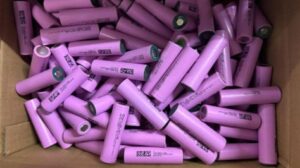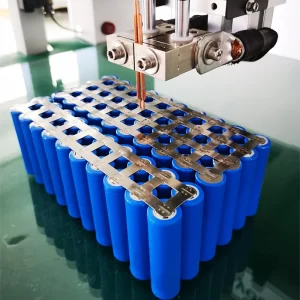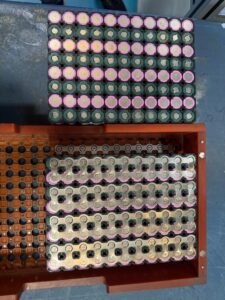Introduction
Potting materials play a crucial role in energy storage by enhancing batteries’ performance and extending their lifespan. Lithium battery engineers must consider the consistent environmental and mechanical stresses, as these batteries power a variety of devices, from cellular phones to electric cars. The lithium battery theories introduced by Gilbert N. Lewis in 1912 were only theoretical at the time. However, this battery technology, especially Redon lithium battery has done well in the market and has gained worldwide acceptance since the 1970s. This article describes the advantages of potting materials, their functions, and the approaches used for their improvement.
What is Potting Material?
The potting compound is a term for potting materials and the name of compounds used to offer component- or assembly-level encased protection from environmental and mechanical stress factors. State-of-the-art Li-ion cells, in particular, may attain a specific energy of ~250 Wh kg1 (900 kJ kg1). Li-S and Li-air systems raise the specific energy to ~650 Wh kg-1 (2.34 MJ kg-1) and ~950 Wh kg-1 (3.42 MJ kg-1), respectively, which makes the potting material crucial for its safety. Potting materials are used to safeguard against the impact of moisture, dust, vibration, thermal rejection, and other harmful factors, especially regarding Redon lithium batteries.
Advantages of Potting Material in Battery Manufacturing
Potting materials are important in battery production for a multitude of reasons, such as protection from environmental factors, mechanical stability, thermal management, customization, and the facilitation of a simplified manufacturing system.
Enhanced Environmental Protection
Potting materials are strong enough to provide a barrier against moisture, dust, and other contaminants, thereby protecting battery components from corrosion and degradation. This protection is especially critical in tough operating conditions, such as automobile and aerospace applications, where batteries are subjected to both extreme temperatures and weather.
Improved Mechanical Stability
Potting materials surround battery cells and electronic components, thereby increasing mechanical stability and minimizing the risks of physical damages such as vibration, shocks, and impacts. This also provides integrity to the battery pack structure, which ensures that it will not cause internal short circuits and increases the service life of the battery system.
Thermal Management
Potting materials have conductivity, which makes heat dissipation occurring in the process of battery operation possible; hence, overheating and thermal runaway is avoided. This thermal management capability is hugely important in keeping the battery at peak performance and safety. The operational temperature of lithium-ion batteries is usually -20°C to 60°C with a recommended temperature of approximately 30°C.
Customized Formulation Options
Manufacturers can customize potting material properties to meet specific requirements such as flexibility, hardness, and chemical resistance. Consequently, such flexibility provides an opportunity to optimize battery designs and material selection according to their purpose to enhance performance, reliability, and cost efficiency.
Conclusion
To conclude, in battery manufacturing, potting materials act as irreplaceable protectors that guarantee improved performance and life. These materials led to the development of battery technology, and they cater to a wide range of applications in the modern era by providing strong protection from environmental hazards, enhancing mechanical stability, facilitating thermal management, offering customization options, and improving production lines. Contact us for better knowledge on potting materials for better battery life.




